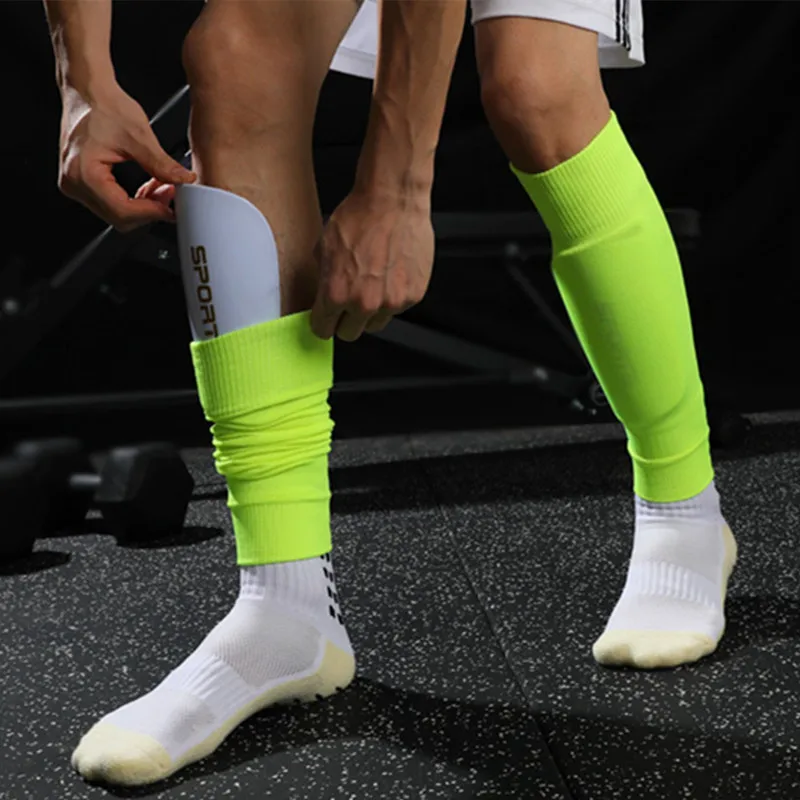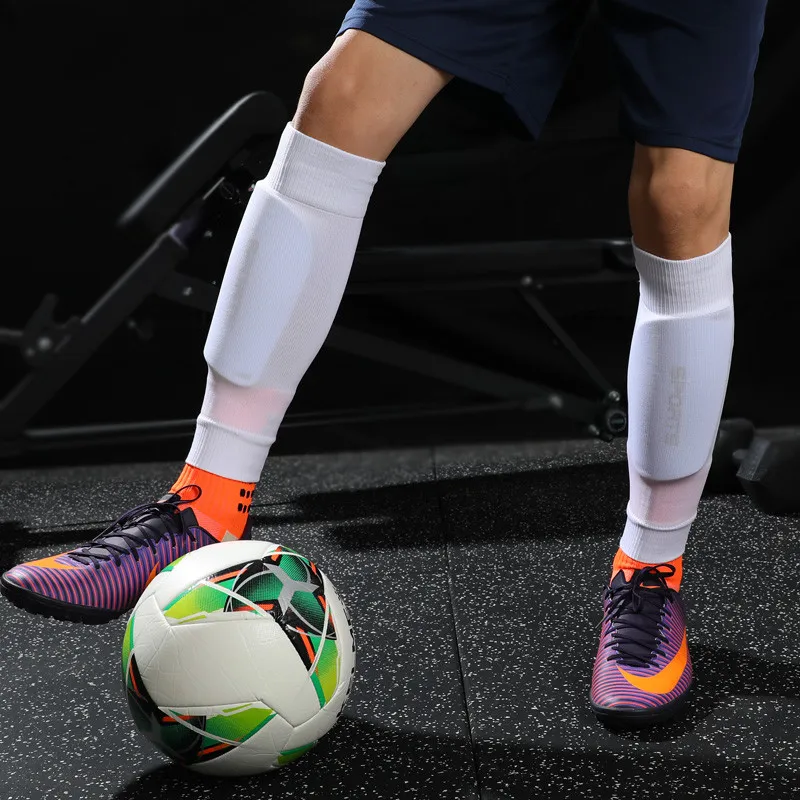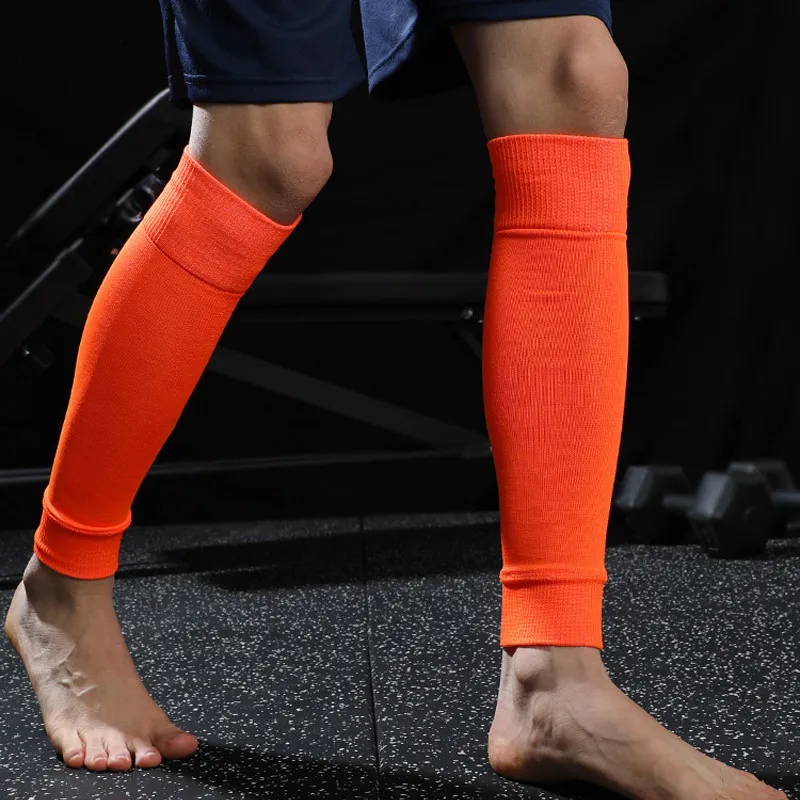
In the physically demanding sport of football, players are constantly exposed to the risk of injuries. To mitigate these risks, athletes rely on protective gear such as football girdles. Traditionally, football girdles offered a snug fit and padding to protect key areas of the body. However, with advancements in technology and design, integrated football girdles have emerged as a game-changer in terms of combining protection and comfort. In this article, we will explore the rise of integrated football girdles, highlighting their benefits and how they have revolutionized the way athletes approach on-field protection.
- What are Integrated Football Girdles? Integrated football girdles are a newer generation of protective gear that combines the benefits of compression garments and padded girdles. They feature a compression fit, designed to offer muscle support and enhance blood circulation, while also integrating padding in key areas to provide impact protection. The integration of these two components creates a streamlined and comfortable solution that eliminates the need for separate compression shorts and padded girdles.
- Streamlined Design One of the significant advantages of integrated football girdles is their streamlined design. Unlike traditional girdles, which required athletes to wear separate compression shorts or tights underneath, integrated girdles combine the compression fit and padding into a single garment. This eliminates the need for layering and ensures a streamlined and comfortable fit. The absence of excess fabric and multiple layers reduces bulkiness, allowing for increased freedom of movement on the field.
- Muscle Support and Compression Integrated football girdles provide the benefits of compression garments, offering muscle support and compression. The compression fit helps increase blood circulation, enhancing muscle oxygenation and reducing the risk of muscle fatigue and cramping. It also provides a supportive feel, helping to stabilize muscles and reduce muscle vibrations during intense physical activity. The combination of muscle support and compression aids in enhancing performance and reducing the risk of muscle-related injuries.
- Impact Protection One of the key features of integrated football girdles is the incorporation of padding in key areas. The padding is strategically placed to protect vulnerable areas such as the hips, thighs, and tailbone. This padding acts as a shock absorber, reducing the impact force during collisions and falls. The integrated design ensures that the padding stays securely in place, providing consistent protection without shifting or bunching. The effective impact protection offered by integrated girdles helps minimize the risk of contusions, bruises, and other impact-related injuries.
- Enhanced Flexibility and Range of Motion Integrated football girdles prioritize flexibility and range of motion without compromising on protection. The padding is engineered to be lightweight and flexible, allowing for natural movement on the field. The integration of padding into the garment ensures that it moves with the athlete’s body, providing protection without hindering mobility. This enhanced flexibility and range of motion enable athletes to perform at their best without feeling restricted by their gear.
- Moisture Management and Comfort Comfort is a crucial factor when it comes to protective gear, especially in a high-intensity sport like football. Integrated football girdles incorporate moisture-wicking technology to keep athletes dry and comfortable. The compression fabric used in these girdles pulls moisture away from the skin, allowing for quick evaporation and preventing discomfort caused by sweat accumulation. Additionally, the streamlined design eliminates the need for multiple layers, reducing the likelihood of chafing and irritation. The combination of moisture management and comfort features ensures that athletes can focus on their performance without distraction.
- Customization and Versatility Integrated football girdles offer a range of customization options to suit individual preferences. Athletes can choose from different sizes, padding thicknesses, and placement options to find the perfect fit and level of protection. The versatility of integrated girdles allows players to customize their gear to meet specific position requirements or personal preferences. Whether a player needs more padding in the hip area or prefers a thinner padding for increased flexibility, integrated girdles provide the flexibility to accommodate these needs.
In conclusion, the rise of integrated football girdles has transformed the landscape of protective gear in the sport. The combination of compression fit, impact protection, flexibility, and comfort has revolutionized the way athletes approach on-field protection. Integrated girdles provide streamlined design, muscle support, and compression, offering enhanced performance and reducing the risk of muscle-related injuries. The integration of padding ensures consistent impact protection without compromising flexibility and range of motion. With customization options and moisture management features, integrated girdles offer athletes a versatile and comfortable solution for their protective needs. As technology continues to advance, we can expect integrated football girdles to further evolve, providing even greater protection and comfort for athletes in the future.






